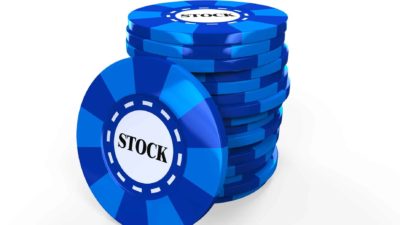It's undeniable that most of us desire to increase our passive income. For many, our day jobs serve a purpose beyond mere employment, extending to a desire for financial security and independence.
Knowing that we can be financially secure if we are prevented from working if we become sick or for any other reason is immeasurably valuable.
Chasing passive income is one of the primary reasons Australians invest in ASX shares. The dividend income (as well as the franking credits) that investing can provide is a great way of enjoying cash flow from laying down our hard-earned dollars.
However, toying with this idea is very different from planning a passive income strategy and implementing it by investing our own cash in the stock market.
With that in mind, today, we'll discuss how one can invest $10,000 to secure $1,000 in second income every year.
Securing $1,000 in passive income by investing $10,000 into ASX shares
Now, you might think that in order to secure $1,000 in annual passive income, all you need to do is buy $10,000 worth of an ASX share that has a dividend yield of 10% or greater. In theory, this would work. But in practice, that's not a very good idea.
Most ASX shares that are priced with a dividend yield of 10% or more are that way for a good reason. Either investors are assuming the company cannot maintain its dividends at a previous level, or they are predicting that the company will run into financial difficulty in the near future. Or perhaps both.
After all, if something looks too good to be true on the ASX, it usually is.
So, instead, I would look for companies with a lower starting yield but stellar track records of increasing their dividends over time.
Take Coles Group Ltd (ASX: COL). Over its near-six-year history on the ASX, Coles has delivered fairly consistent dividend pay rises to shareholders.
In 2019, this ASX 200 grocer paid investors 25.5 cents per share in passive income. But this year, Coles will pay investors 68 cents per share.
That's a compounded annual growth rate of 13.88% per annum.
Coels and compounding
Today, Coles trades on a dividend yield of 3.5% (as of Wednesday's closing share price). That means a $10,000 investment would have yielded $350 in passive dividend income over the past 12 months (it actually would have yielded more since Coles shares have risen in value substantially, but we'll put that to one side for argument's sake).
If Coles continues to increase its annual dividend at this rate (which is not guaranteed, of course), it would take ten years for your original $10,000 to yield $1,000 in annual passive income.
That obviously is a long stretch of time. But remember, share prices and dividends of quality companies usually compound over time. For example, if we again assume that the compounded annual growth rate holds, it would only take another five years for that dividend income to double again to $2,000 per annum.
This is the power all ASX investors can harness to generate an ever-rising stream of passive income. You'll need to choose the right shares, of course. But if you do, your passive income can keep growing for your entire life.









